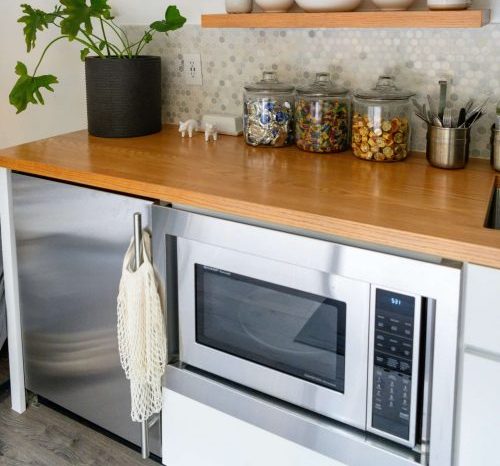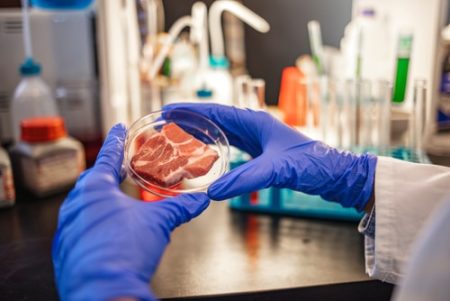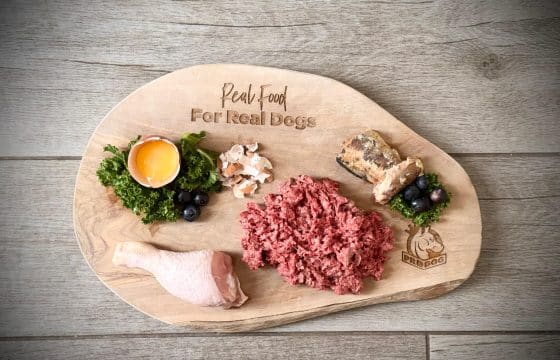Why Raw Dog Food?
Raw feeding is about giving dogs food in its most natural, biologically appropriate form. Unlike highly processed kibbles and tinned pet foods, raw dog food is minimally processed, meaning it reaches your dog’s bowl much closer to its natural state. This gentle approach preserves more of the nutrients, enzymes, and natural moisture that are lost during heavy processing.
Raw diets are built to reflect what dogs are biologically designed to eat, providing them with the fuel they need to thrive, from shiny coats and healthy teeth to steady energy and improved digestion.








0 comments